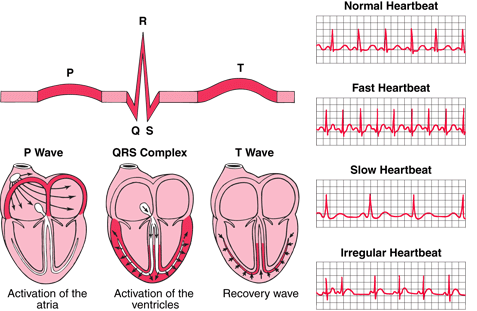- Community
-
Programs
- Schools
-
Careers
- RN Specialties
- Best RN Jobs and Salaries
- Aesthetic Nurse
- Nursing Informatics
- Nurse Case Manager
- NICU Nurse
- Forensic Nurse
- Labor and Delivery Nurse
- Psychiatric Nurse
- Pediatric Nurse
- Travel Nurse
- Telemetry Nurse
- Dermatology Nurse
- Nurse Practitioner
- Best NP Jobs and Salaries
- Family NP (FNP)
- Pediatric NP
- Neonatal NP
- Oncology NP
- Acute Care NP
- Aesthetic NP
- Women's Health NP
- Adult-Gerontology NP
- Orthopedic NP
- Emergency NP
- Psychiatric-Mental Health NP (PMHNP)
- APRN
- Nurse Educator
- Nurse Administrator
- Certified Nurse Midwife (CNM)
- Clinical Nurse Specialist (CNS)
- Certified Registered Nurse Anesthetist (CRNA)
- Resources
- Education



Priaz
59 Posts
can someone help explain the cardiovascular system to me? i dont mean the basics, because i have that down. I know the anatomy and physiology, like structure, conduction pathway, flow of blood through the heart. It's the other stuff i'm having a hard time with, like ECG, CO, SNS stimulation, Receptor stimulation (alpha and beta adrenergic), diastole, systole, preload, afterload. The cardiovascular system is one of the hardest systems for me. If anyone can help me out, i would greatly appreciate it. Thank you!